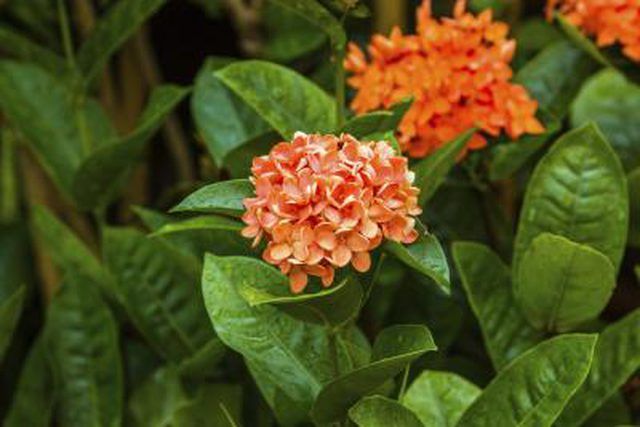Bulbs
Flower Basics
Flower Beds & Specialty Gardens
Flower Garden
Garden Furniture
Garden Gnomes
Garden Seeds
Garden Sheds
Garden Statues
Garden Tools & Supplies
Gardening Basics
Green & Organic
Groundcovers & Vines
Growing Annuals
Growing Basil
Growing Beans
Growing Berries
Growing Blueberries
Growing Cactus
Growing Corn
Growing Cotton
Growing Edibles
Growing Flowers
Growing Garlic
Growing Grapes
Growing Grass
Growing Herbs
Growing Jasmine
Growing Mint
Growing Mushrooms
Orchids
Growing Peanuts
Growing Perennials
Growing Plants
Growing Rosemary
Growing Roses
Growing Strawberries
Growing Sunflowers
Growing Thyme
Growing Tomatoes
Growing Tulips
Growing Vegetables
Herb Basics
Herb Garden
Indoor Growing
Landscaping Basics
Landscaping Patios
Landscaping Plants
Landscaping Shrubs
Landscaping Trees
Landscaping Walks & Pathways
Lawn Basics
Lawn Maintenance
Lawn Mowers
Lawn Ornaments
Lawn Planting
Lawn Tools
Outdoor Growing
Overall Landscape Planning
Pests, Weeds & Problems
Plant Basics
Rock Garden
Rose Garden
Shrubs
Soil
Specialty Gardens
Trees
Vegetable Garden
Yard Maintenance
How to Care for an Ixora Plant
How to Care for an Ixora Plant. Commonly called flame of the woods, ixora shrub (Ixora coccinea), with its swaths of brilliant color, grows outdoors in U.S. Department of Agriculture plant hardiness zones 9b through 11. In colder climates, ixora makes a striking container plant for overwintering indoors. Also called jungle geranium for its...

Commonly called flame of the woods, ixora shrub (Ixora coccinea), with its swaths of brilliant color, grows outdoors in U.S. Department of Agriculture plant hardiness zones 9b through 11. In colder climates, ixora makes a striking container plant for overwintering indoors. Also called jungle geranium for its spherical, red, pink, white or yellow flower heads, ixora grows best in full sun or bright light and acidic, well-draining soil or growing medium. With proper care, the glossy-leaved evergreen blooms nearly continuously.
Things You'll Need
Organic mulch
4-8-8 fertilizer (optional)
15-15-15 fertilizer (optional)
Micronutrient foliar spray (optional)
Distilled water (optional)
Ready-to-use insecticidal soap (optional)
Pruning shears
Water ixora when its soil or growing medium looks dry. All ixoras need more water at the peak of spring and summer bloom than during the rest of the year. Soak the soil or medium when you water; for a container plant, this means until you see water draining from the base of the pot.
Maintain a 3-inch layer of organic mulch, such as compost or shredded leaves, over a garden ixora's root zone. Extend the mulch from the drip line, where rain falls from the branch tips to the soil, to 6 inches from the trunk of the plant. Mulch protects ixora from soil-dwelling nematodes, microscopic root-eating parasites.
Spread 1/4 cup of granulated, 4-8-8 fertilizer formulated for acid-loving, broad-leaved evergreens around garden ixora for each 2 feet of the plant's height. Start fertilizing weekly when new growth emerges in early spring, with follow-up applications in mid and late summer. Feed indoor Ixora weekly during the growing season with a solution of 1/4 teaspoon 15-15-15 fertilizer dissolved in 1 gallon of water. Discontinue in winter. Check the rates on the label because they vary by brand.
Watch garden ixora during winter and early spring for chlorosis, or leaf yellowing, resulting from mineral deficiency. Chlorosis strikes plants growing in overly alkaline soil. Iron deficiency surfaces on new leaves, while manganese deficiency affects older leaves. For short-term treatment, spray all the foliage with a solution of 1/2 to 1 teaspoon -- or the manufacturer's recommended amount -- of micronutrient foliar spray per 1 gallon of distilled water. Test first by spraying a small area and waiting a few days. Dilute the solution further if the leaves blacken.
Examine your plant regularly for sooty mold, layers of greasy- or powdery-looking black fungus associated with insect infestations. Aphids, scale insects and mealybugs attach to the stems and leaf undersides, drain sap and excrete waste that hosts sooty mold. Control the pests by spraying all the plant's surfaces until they drip with ready-to-use insecticidal soap. Spray when no sun is on the plant, and repeat every one to two weeks until the pests are gone. The soap is safe for indoor and outdoor use. The mold will eventually fall off the leaves.
Prune ixora to shape when its new growth emerges in early spring. Shearing it later in the growing season removes developing buds and reduces flowering. Soak your pruning tools in a solution of 1 part household bleach to 9 parts water to disinfect them between cuts.
Tips & Warnings
To reduce the risk of chlorosis, plant ixora where there's no danger of lime from concrete leaching into the soil and increasing its pH. For extra insurance, amend your garden soil with pH-lowering organic material, such as compost or peat moss, at a ratio of 1 part amendment to 2 parts soil.
Wear protective clothing, eyewear and gloves and follow the label directions when handling insecticidal soap.